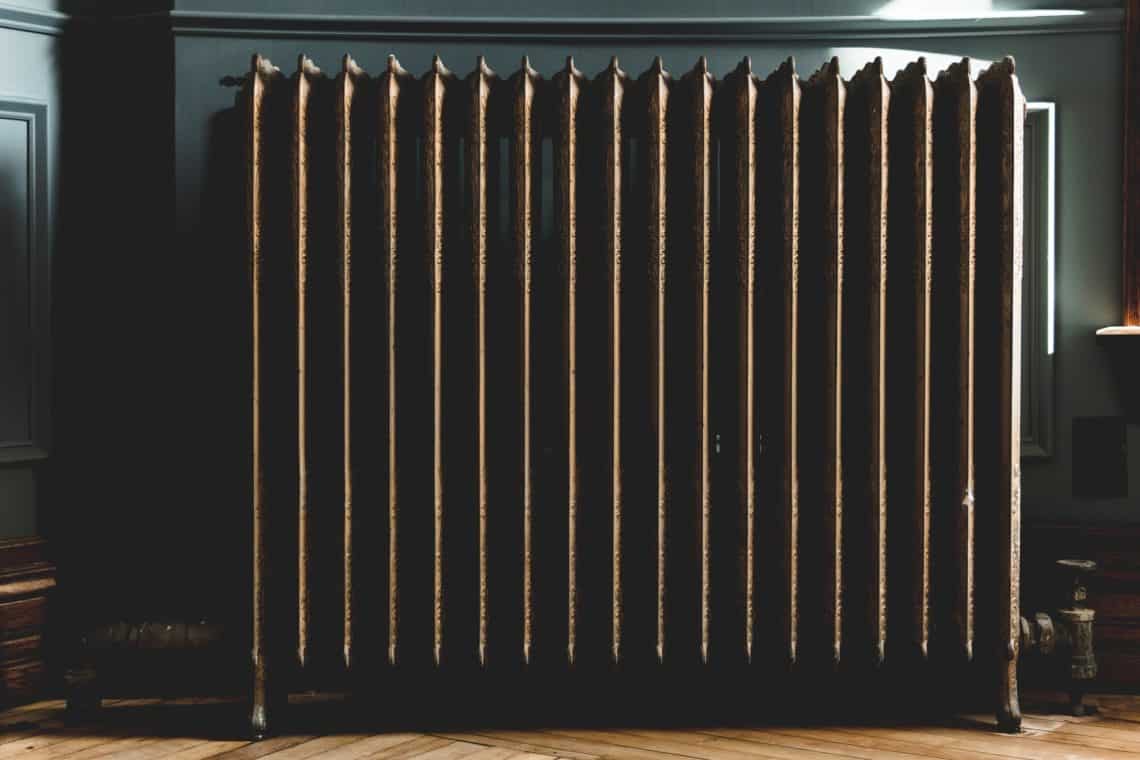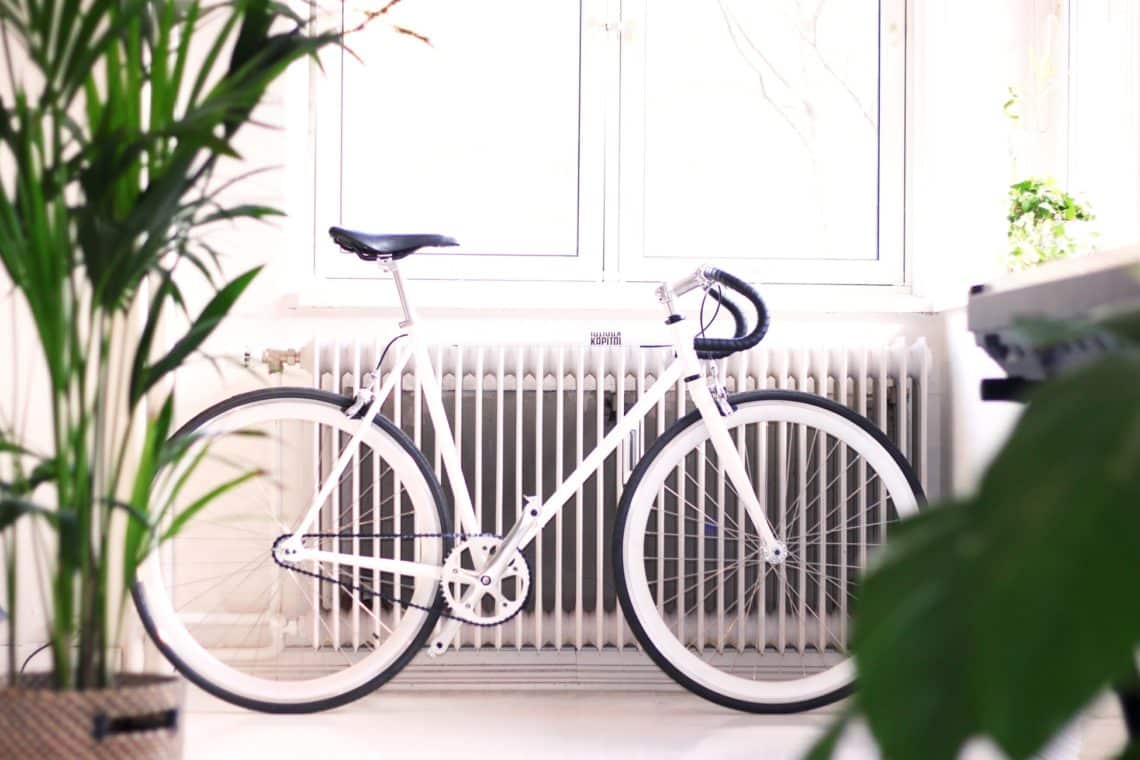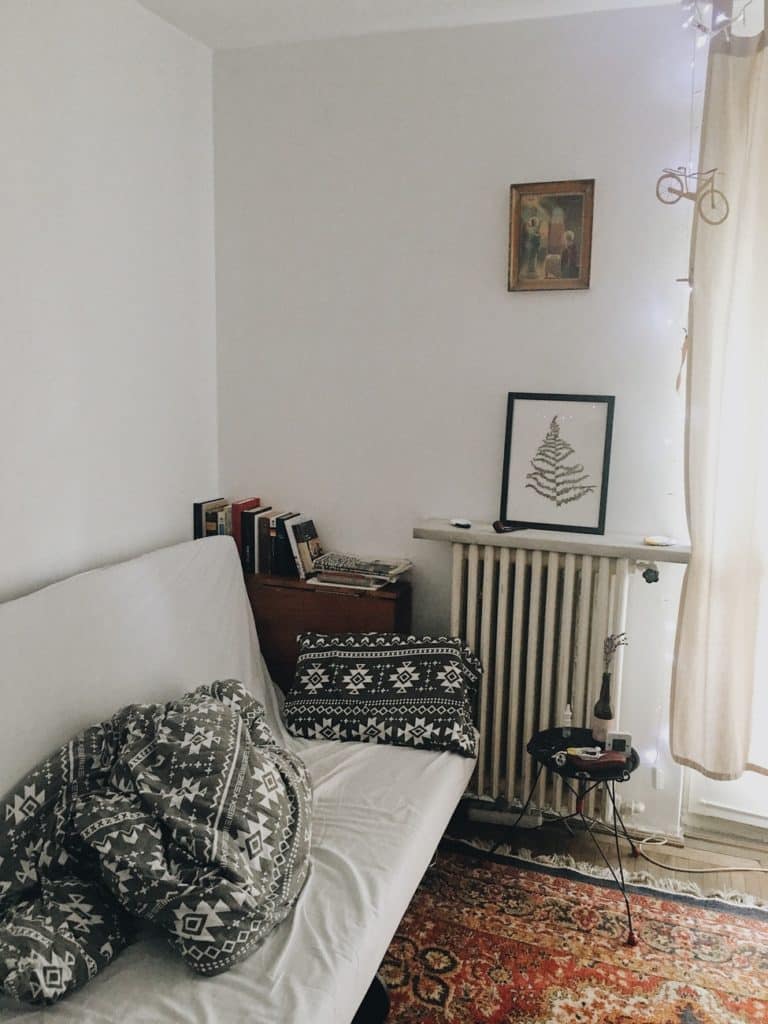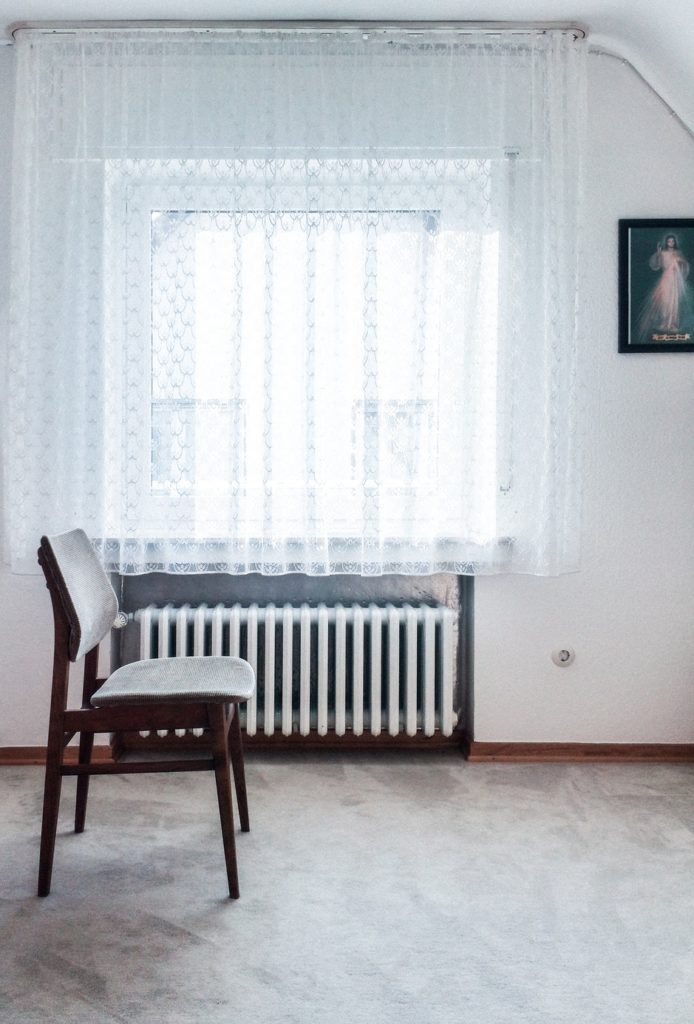Don’t we all just want to enjoy the lush seasonal changes all year round?
Take out our beautiful flowy dresses for taking a walk under the setting summer sun or donning our luxurious jackets to indulge in wintry festivities.
But, things can get a bit uncomfortable when temperatures get extreme. Be it the summers or winters, Mother Nature has her own ways of regulating things, and some of these situations might not be very pleasing.
Apart from cranking up our ACs and thermostats up to whatever degrees we think would be appropriate, do we really give a thought about what would work best in accordance with our thermostat system?
In this guide, we’re going to discuss the best temperature settings for your thermostats for summers and winters alike, to give you an idea about how the degrees work in your environment to provide the utmost comfort for you.
Best Temperature to Set Thermostat in Summer and Winter

Types of Thermostats
To know what would suit your requirements best, you first have to know about the different kinds of thermostats available for your use. This will depend on your geographical location and the temperature extremities in that place.
We have discussed the common and the latest innovative thermostat models for in this section for you.
So take a look!
-
Manual Thermostats
The Manual Thermostats are the simplest to use. These let you adjust the temperatures any wall unit (usually there are one or two) in your home. It is user-friendly for all, even if you’re not all that tech-savvy, you can easily operate it any time. It is also the most commonly used model of all. And, once you set the temperature on it, it stays that way.
-
Programmable Thermostats
The benefits of installing Programmable Thermostats depend on your lifestyle to a great extent. These are ideal solutions for having set temperatures for weekdays and weekends or even for different rooms with its eight different climatic zone control features!
These allow you to set different programs, usually with four different temperature periods per day, for each day of the week in its 7-day model.
The 5+2 models offer one set schedule for Monday-Friday and one schedule for the weekends.
The 5-1-1 models allow you to set one temperature schedule for Monday-Friday and different schedules for each day of the weekend.
You don’t have to fuss over changing the temperature every time, and it covers all your weekly temperature requirements at one go. It helps you cut down on both your heating and cooling costs.
-
Smart and WiFi Enabled Thermostats
The sensor-controlled ‘smart’ era has redefined every aspect of our lives where nothing escaped its Midas touch. And, our familiar thermostat was no exception to this rule.
Smart Thermostats believe in working by communicating with other devices in your home rather than being pressed and pushed around by us humans. These have their own climatic and zonal detection software that manages the temperatures in different rooms accordingly.
You can adjust the settings by pairing them up with your smartphones or pads. The wireless or Wi-Fi enabled thermostats come equipped with sensors that control the heating and cooling in your house.
To better help you assess which Wi-Fi integrated Smart Thermostat is ideal for you these reviews of remote temperature sensors have been provided for your benefit.
With these, you never have to worry or even remember to manage the temperatures. With only a touch away on your personal device, these greatly help to regulate the temperatures and cut down on the costs significantly, even when you’re away from home. These also show you the power consumption for better management and usage.

Best Thermostat Temperatures
The ‘best’ thermostat temperature setting in any season is actually what should be most suitable for your home environment without adversely affecting anyone.
Optimal Thermostat Setting for Summer
In warm summer months, it is usually a good idea to set your thermostat to 78 degrees at home. Comfortable enough to keep the chill at bay yet keep you pleasantly cool at the same time, it is perfect for enjoying a cozy winter day at the residence.
Consider raising the setting to approximately 82 degrees during the evenings. This will help you have a restful sleep and keep you from waking up with cold feet.
If you’re in the habit of traveling during the summer months, we advise you to set your thermostat at 85 degrees. This will make your air conditioner turn on only if the temperature within the house shoots up to the extent that it can damage home electronics or food in your pantry.
Optimal Thermostat Setting for Winter
In winter, especially in the colder months, one has to be a little cautious with thermostat settings. If you set it too high, there would be an immense risk of incurring huge heating bills. Whereas, if you set it too low, you might as well prepare to get your home pipes burst due to the immense chill.
Thus, it’s advisable for you to set the thermostat to 68 degrees when you’re at home and awake. This even temperature will create a comfortably warm environment (more so, as you’d be wearing winter clothing), without being too hot or suffocating.
On nights you wouldn’t be around at your place, it is best to keep it at 58 degrees which will ensure sufficient heating to keep the pipes under the sinks or in the garage from freezing. It will also prevent heavy energy consumption while you’re away.
What’s the best temperature for pets at home or houseplants?
Maintaining a temperature between approximately 64 to 68 degrees should be ideal for your common pets at home. Since most pets would have their natural coping mechanism against weather extremities, you needn’t hassle much about coordinating your thermostat frequently for them. However, do not make it very uncomfortable for them with extreme adjustments.
If you have more exotic species like tropical amphibians, fish, or arachnids, avoid dipping too low with the temperature. And, if such situations cannot be avoided install a heat lamp or insulator for heating purposes.
According to horticulturalists, the ideal temperature for maintaining houseplants is around 60 to 75 degrees Fahrenheit. Avoid going below 50 degrees Fahrenheit or above 85 degrees Fahrenheit at all costs for sustaining plant life.
The best temperature for infants
Assessing the perfect temperature for infants largely depends on their mood, health, age, and other requirements of comfort. The temperature that is usually recommended for them is not below 65 degrees Fahrenheit and not more than 74 degrees Fahrenheit.
What is the best temperature for sleeping?
According to specialists, keeping the temperature generally between 65 degrees to 75 degrees Fahrenheit helps you to sleep better. When we sleep, our body temperature drops slightly from its standard set point. The mentioned temperature range balances these levels to provide you with a comfortable environment to sleep in.
However, since everybody’s body temperatures are different, it might take you a bit longer to figure out what kind of temperature range will work for you best.
What is the best temperature for an empty house?
Well, if you’re leaving your home for an extended period of time, it is strictly advisable for you to turn off your heating or cooling system. That is if you don’t live in a place with climatic extremities.
Turn the heating or cooling systems off by all means if you do not have anybody residing at your house during your absence; or, if there’s a risk of freezing or overheating for pets or plants left behind at the house.
Remember that a steep drop or rise in the home temperature might adversely affect any temperature-sensitive object that you own.

How well would a thermostat work if it’s kept on during a long period of your absence?
From a logical perspective, your thermostat, if not technically at fault, when cranked up or down to save energy while you’re around, will work in the same energy-efficient way once it’s set to the original temperature, as when you’re not around. This even works the same way when a thermostat is set to its original temp after substantially long durations of time.
(Although, we do advise you to turn off your heating/cooling systems if you are going on an extended vacation. Certain temperature-sensitive objects may get damaged if subjected to extremely high or low degrees over an extensive period of time.)
Where in your home should you install your thermostat?
This is quite the most vital thing to know and understand about thermostat installation. This is also something that many of us get wrong because sometimes we confuse its mechanism with that of a general heating system or cooler.
Although having an informed outlook about your ideal thermostat model will help you enjoy its many benefits and save a lot on energy consumption, things might just go south if you install it on the wrong part of the house.
The ideal location for setting up your thermostat is generally an interior wall, preferably, near the center of the house. Also, keep in mind which rooms are used the most in the house; or where you want the temperature to be the most comfortable.
The ideal place for your thermostat should secure maximum power savings. For example, if you place one near a heat source, it will lead to less efficiency in heating.
By all means, try and AVOID installing your thermostat away from the following situations:
- Under direct sunlight
- Above air vents
- In the kitchen
- In the hallways
- By doors or windows

How to get the best temperature using smart thermostats?
Smart thermostats indeed provide you with a complete range of benefits. These highly innovative, wholly hands-free, and amazingly intelligent thermostatic devices cut down significantly on energy consumption while delivering effective temperature control throughout the house.
Even though it takes a considerable amount of investment for their purchase and installation, the energy and cost savings these can provide in the long make are worth the kind of investment you make.
Smart thermostats essentially modify the features of programmable thermostats; where, in addition to presets and zone controls, you get way more control over your home comfort.
There are three kinds of smart thermostats that we have explained here for you:
-
Connected Thermostats
These are essentially WIFI-enabled smart thermostats that let you control your temperature settings anywhere via a computer or smartphone. These usually come with a touchscreen interface that can be installed without the help of a technician.
These are an ideal solution for the ones who often forget to set their thermostats or in case of any changed plans causing you to arrive early from work or vacation.
-
Learning Thermostats
You can now avail the benefits of thermostats that learn your habits and manage your home temperatures to fit your lifestyle! These are pretty much made for the ones who don’t change their thermostat settings frequently and follow regular schedules that don’t change all that much.
After a couple of months, a learning thermostat will remember the best and your favorite thermostat setting for your home.

-
Smart-grid Thermostats
These thermostats follow a ‘smart-grid’ policy that depends on your municipality’s active participation in your program. If you get this option, your home thermostat and your meter will be directly connected to the power-grid. These will then communicate with the electric company to provide you with real-time data regarding the energy consumption at your house.
To put it this way: it will make your monthly electric bill more accurate and allow the electric company to produce the required amount of energy throughout the day.
The overall result will be less energy waste leading to lower energy bills and equal power distribution for all consumers.
Conclusion
The simple thermostat has gone on to grab certain unbelievable peaks at the literal ‘power game’ in recent life and times. But, being slaves to our habits, we seldom succeed in enjoying the benefits of these cutting-edge innovations in our all-too-familiar devices.
We hope our comprehensive guide on the best temperatures that you could avail of for your thermostat helped you to improve your lifestyle…And find comfort even in the harshest of climatic situations.
Till next time!


